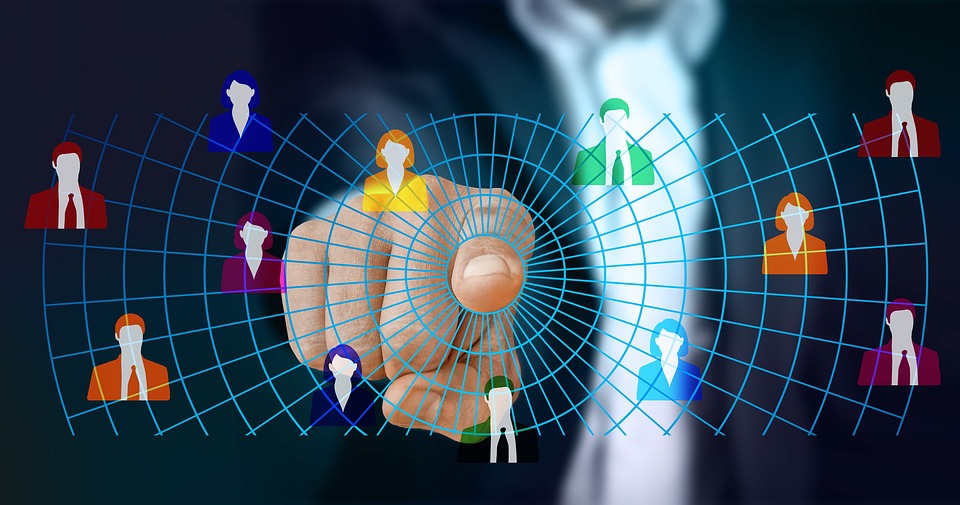The Dark Side of AI
Discover how machines are perpetuating bias and inequality.
The rapid advancement of Artificial Intelligence (AI) has brought about numerous benefits, from improved healthcare to enhanced customer experiences. However, beneath the surface of these innovations lies a more sinister reality: AI systems are perpetuating bias and inequality, often with devastating consequences. For instance, facial recognition technology has been shown to be less accurate for people of color, leading to wrongful arrests and perpetuating systemic racism. As a result, it’s essential to examine the dark side of AI and its far-reaching implications.
Introduction to AI Bias
AI bias refers to the unfair or discriminatory outcomes produced by machine learning algorithms. These biases can arise from various sources, including the data used to train the algorithms, the algorithms themselves, or the people designing them. In contrast, unbiased AI systems would provide equal opportunities and treatments for all individuals, regardless of their background or characteristics. For example, a study by the Massachusetts Institute of Technology (MIT) found that a facial recognition system was more accurate for light-skinned males than for dark-skinned females.
Sources of AI Bias
There are several sources of AI bias, including:
- Data bias: When the data used to train AI algorithms is incomplete, inaccurate, or biased, it can lead to biased outcomes.
- Algorithmic bias: When the algorithms themselves are biased, either due to their design or the data used to train them.
- Human bias: When the people designing or using AI systems bring their own biases and prejudices to the table.
As a result, it’s crucial to address these sources of bias to create more equitable AI systems.
Real-World Examples of AI Bias
AI bias is not just a theoretical concept; it has real-world consequences. For example:
- Google’s facial recognition technology: In 2015, Google’s facial recognition technology was found to be less accurate for people of color, particularly darker-skinned females.
- Amazon’s hiring algorithm: In 2018, Amazon’s hiring algorithm was found to be biased against female candidates, leading to the company abandoning the use of the algorithm.
- Predictive policing: Predictive policing algorithms have been shown to perpetuate racial biases, leading to disproportionate policing of communities of color.
These examples illustrate the need for greater awareness and action to mitigate AI bias.
Consequences of AI Bias
The consequences of AI bias can be severe and far-reaching, including:
- Discrimination: AI bias can lead to discriminatory outcomes, such as denial of loans or job opportunities.
- Inequality: AI bias can perpetuate existing inequalities, particularly for marginalized communities.
- Loss of trust: AI bias can erode trust in AI systems and the organizations that use them.
As a result, it’s essential to address AI bias to create more equitable and trustworthy AI systems.
Addressing AI Bias
Addressing AI bias requires a multi-faceted approach, including:
- Data auditing: Regularly auditing data for bias and accuracy.
- Algorithmic testing: Testing algorithms for bias and fairness.
- Human oversight: Implementing human oversight and review processes to detect and correct bias.
- Diversity and inclusion: Promoting diversity and inclusion in AI development teams to bring different perspectives and experiences to the table.
For example, the AI Now Institute provides guidance on addressing AI bias and promoting more equitable AI systems.
Best Practices for Fair AI
To create fair AI systems, follow these best practices:
- Use diverse and representative data: Use data that is diverse and representative of the population being served.
- Test for bias: Regularly test algorithms for bias and fairness.
- Implement human oversight: Implement human oversight and review processes to detect and correct bias.
- Promote transparency: Promote transparency in AI decision-making processes.
By following these best practices, organizations can create more equitable and trustworthy AI systems.
Conclusion
The dark side of AI is a pressing issue that requires immediate attention. By understanding the sources of AI bias and taking steps to address them, we can create more equitable and trustworthy AI systems. For more information on AI and its applications, visit our blog. As a result, it’s essential to prioritize fairness and transparency in AI development to ensure that these systems benefit everyone, not just a select few. Take action today to create a more equitable AI future.


